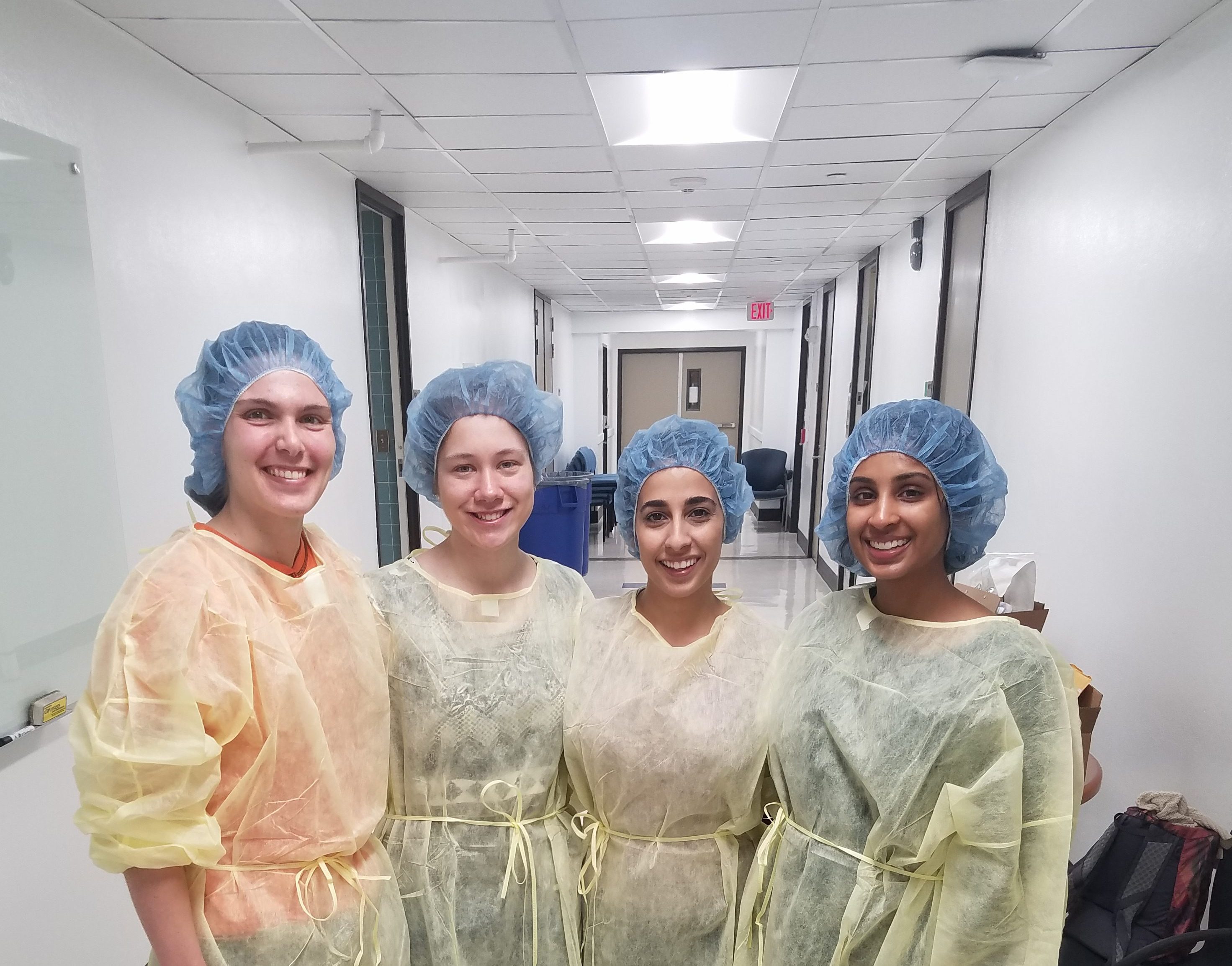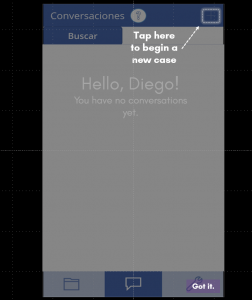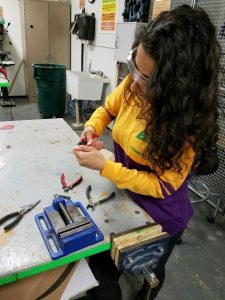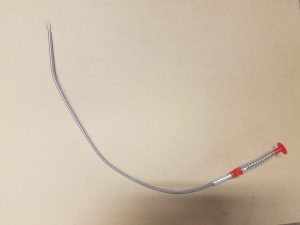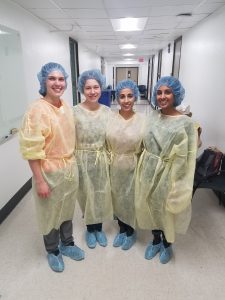Clutch in, shift to gear 1. Gas. Clutch in, shift to gear 2. Gas. Clutch in, shift to gear 3. Break. Clutch in, shift back to gear 2.
Similar to driving a manual car, shifting through the various gears – whether it’s our own implementation projects, our teammates’ projects, or our design projects – this semester has taught me to be in sync with the surrounding conditions of each project. Conditions that influence which project (or gear) I need to be in are very much so dependent on outside factors such as upcoming animal studies, the Sprint that week, or impromptu collaborations.
This month, I finally had the chance to work on my implementation teammates’ (Abby, Siri, and Callie’s) projects through the Sprints they led! I always enjoy being involved on the projects rooted in Costa Rica (or Brazil!) because it gives me a perspective on the different processes and steps you have to take in making sure your project is successful in another country. Currently the developments that DialOasis and Consultika are encountering deal with manufacturing, clinical trials, and physician trainings.
In the first sprint we ran for DialOasis, I was responsible for aiding in the design changes for the walls of the dialysis unit as well as compiling a final materials list based on vendors in Costa Rica. With a completed design, the next Sprint for DialOasis dealt with adjusting the CAD files and I was responsible for developing the build plans based on the design changes we made and CAD drawings. I also established a mini-guide on communicating and working with stakeholders internationally. At this point, we are now preparing for clinical trials and what parameters we hope to test after constructing the first four functional prototypes to be placed in patient homes.
When it came time to focus on Consultika, Callie led the team on developing different training techniques for the physicians when learning to use the application. With Consultika, it makes it easier to apply classic sprint methodologies in terms of creating a façade that would mimic a software. Therefore, each of the training techniques we created were storyboards made on PowerPoint. The training technique I covered was an in-app onboarding process. Much like some current applications, the user is provided with focused tips as they follow through completing a task in the app. This avoids the inevitable short-term memory loss we all suffer after flipping through the introduction slides the first time an app loads.
Although I did not run a Sprint on my project these past 4 weeks, I have been working constantly on creating prototypes to be tested for the animal study held at the end of the month. Going based off the low-fidelity prototypes and test protocols that my teammates designed, the challenge was implementing these great ideas into a scalable model. Some obstacles I ran into included finding the right material to emulate the intended function of the device or even working with metals I was not used to. In the end, I produced two intraurethral facets and one catheter-based approach. Testing these prototypes in the animal study highlighted that my prototypes were still too large and that more iterations needed to be done! But I was able to get the perspective from the physicians on the function of the prototypes.
Switching gears to my design project, where my team and I are working on bringing a virtual reality capability to GMI and Rice. Earlier this month, we focused a lot of effort on assembling a system proposal that outlined the 360 camera, PC computer, and VR system of choice based on large amounts of research. Shortly after, we experienced a long hiatus as we had promising collaborations in the works. We were in the midst of arranging several meetings with individuals that could offer us VR knowledge and overall accessibility. After our meetings played out, we felt comfortable to purchase the 360 camera and test it out at Baylor College of Medicine Simulation Center! Through this test run, we learned an insane amount about the camera- such as basic functions and how to live stream. We also made contacts with others at Baylor who could help guide us through the IRB approval process so we could eventually have the camera in an OR for clinical needs finding opportunities. Can I hear a VRoom VRoom?!
Besides all the excitement in the projects I am working on, I had the chance to make a trip out to New Orleans during Midterm Recess. Although Houston is pretty close to the South, I had never actually visited a state as southern as Louisiana. New Orleans especially had so much culture, character, and delicious food. And it was only a 6-hour drive away. It was nice to take a break from school and explore another city!
Until next time!

